Amonhon is a place in Spain that only exists in the annotations of Virginia Woolf . In fact, this setting included in her essay Una posada andaluza, published in The Guardian in 1905, could be Almorchón, a district belonging to the town of Cabeza del Buey, in Badajoz. But Virginia, we forgive you everything.
The author of Mrs. Dalloway and To the Lighthouse made up three trips through Spain in 1905, 1912 and 1923 : from a first (and lukewarm) approach to that land of white houses and superlative blue skies, to a third trip in which Virginia surrendered to Spain under the ellipsis of "the most splendid country I have seen in my life" . The connection between the author and our country was like those relationships that conquer you little by little, marked by initial prejudices until reaching an eternal complicity.
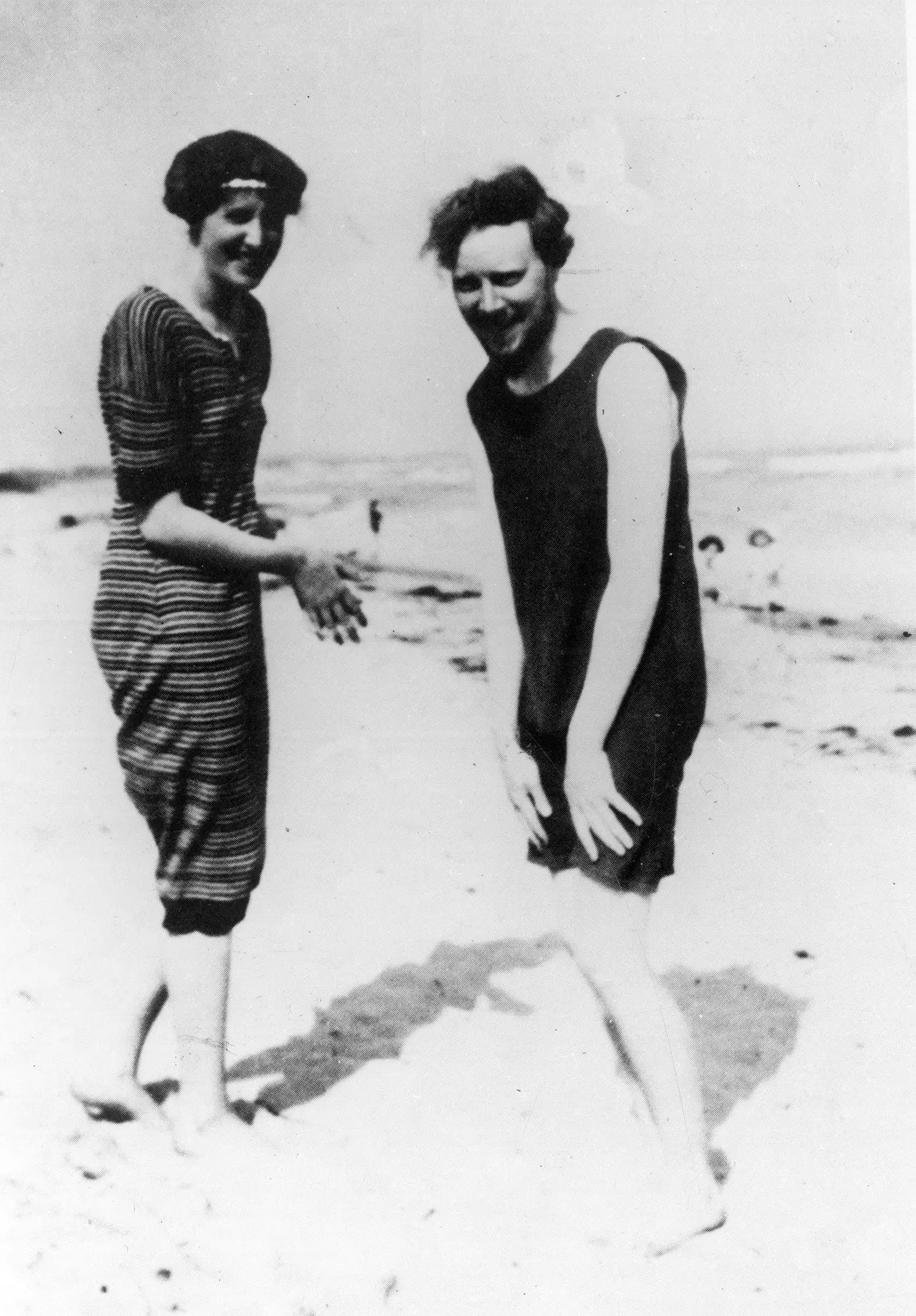
British writer Virginia Woolf laughing on the beach with her brother-in-law Clive Bell, in the 1910s.
The watercolors by the illustrator Carmen Bueno accompany the essays, letters and annotations born of those “three southern Virginia Woolfs” through the book Heading South: Virginia Woolf's Travels in Spain , published by Itineraria Editorial.
FROM KENSINGTON TO THE ALPUJARRA DE GRANADA
Travel has always had a great influence on Virginia Woolf's literature: her childhood summers in the English county of Cornwall they inspired works such as To the lighthouse and The waves; France's Côte d'Azur would be described in her charts as a land of "heat and light and color and true sea and true sky"; Y among her articles we find examples such as A description of the desert (1905) or Venice (1909). However, until now little had been said about the English author's escapades to Spain.
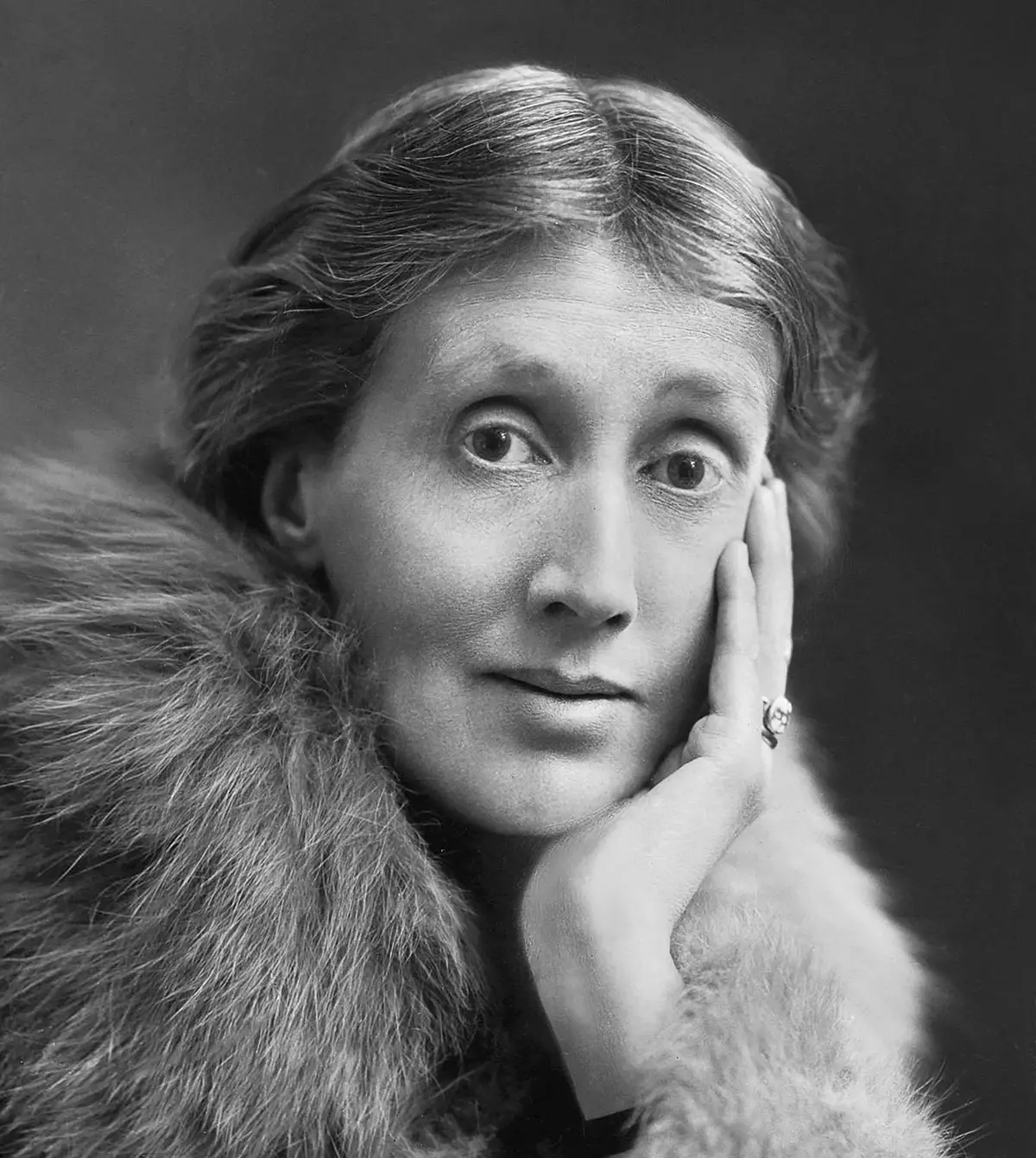
Virginia Woolf pictured in 1927.
Ever since she was little, Virginia Woolf felt a great need to tell what was happening around her, especially with regard to the relationship between the woman and her reality. At the age of nine she invented a newspaper called The Hyde Park Gate News, a nod to the address of her family home: Hyde Park Gate, 22, in Kensington, where she collected the family news of the day which she then distributed herself among all members.
The passion of the author of the Bloomsbury circle to capture the environment of her time would lead her to work on the newspaper The Times whose editor, Bruce Richmond, asked him to write a fifteen hundred word review of a couple of travel guides from the England of Thackeray and Dickens.
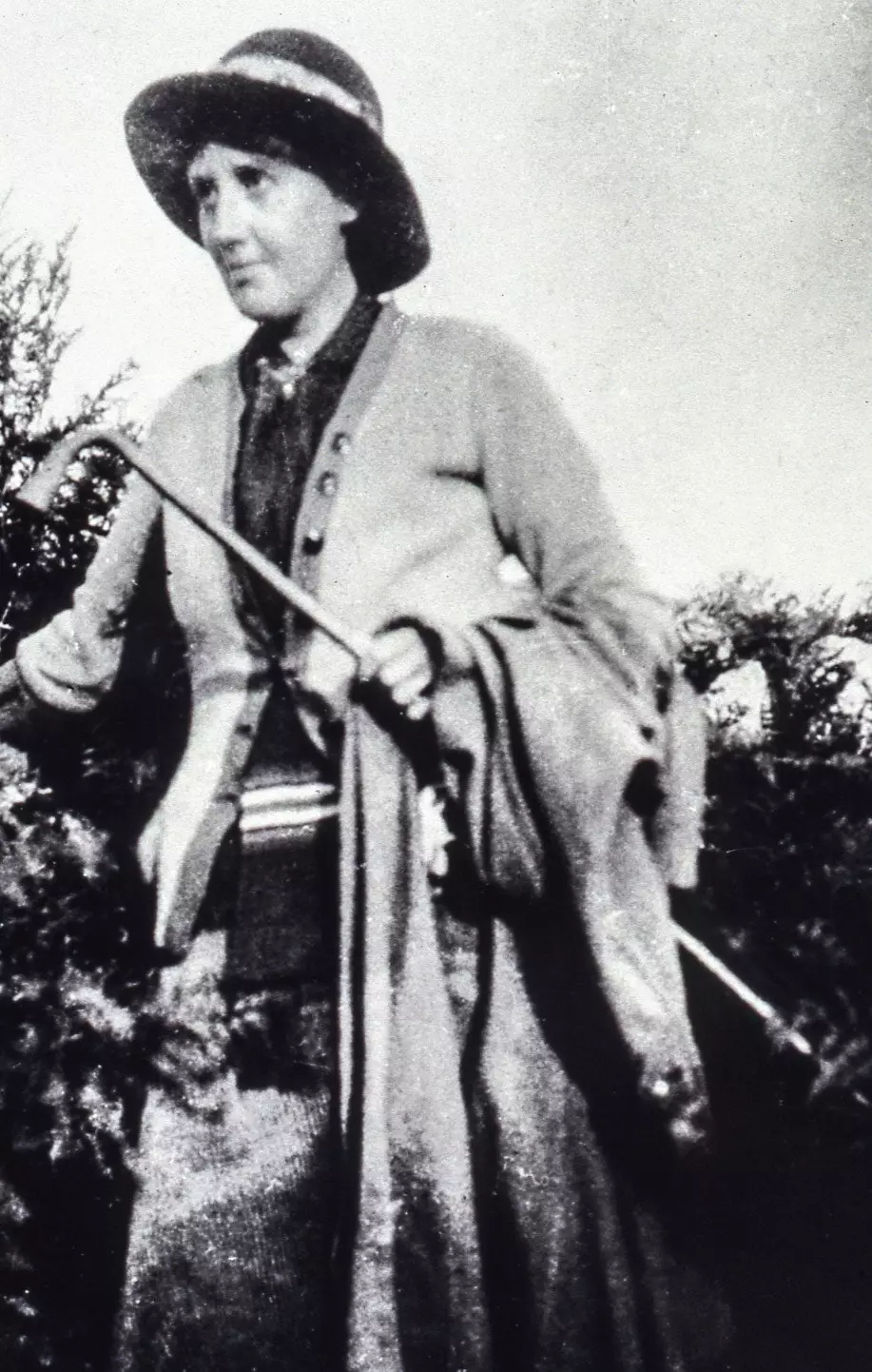
Portrait of Virginia Woolf.
At the beginning of the 20th century, travel literature was considered 'second class', but Virginia took it upon herself to adapt it to her universe. In fact, she was at some point the author of A Room of One's Own. she wonders “if she has the power to tell the truth, or if she really writes essays about herself” . From this reflection we can understand in another way the annotations, letters and essays that Virginia Woolf wrote about Spain. A Spain as intimate as it is different, born from its own vision rich in nuances and reflections.
THE THREE SOUTHERN VIRGINIA WOOLF
In a time when women did not usually travel, Woolf visited Spain on three occasions, each motivated by a different reason. The first trip took place in 1905 and it was a response to a depressive outbreak of the author after the death of her father, Leslie Stephen. The writer traveled to the south of Spain with her brother Adrián de ella at the age of twenty-three.
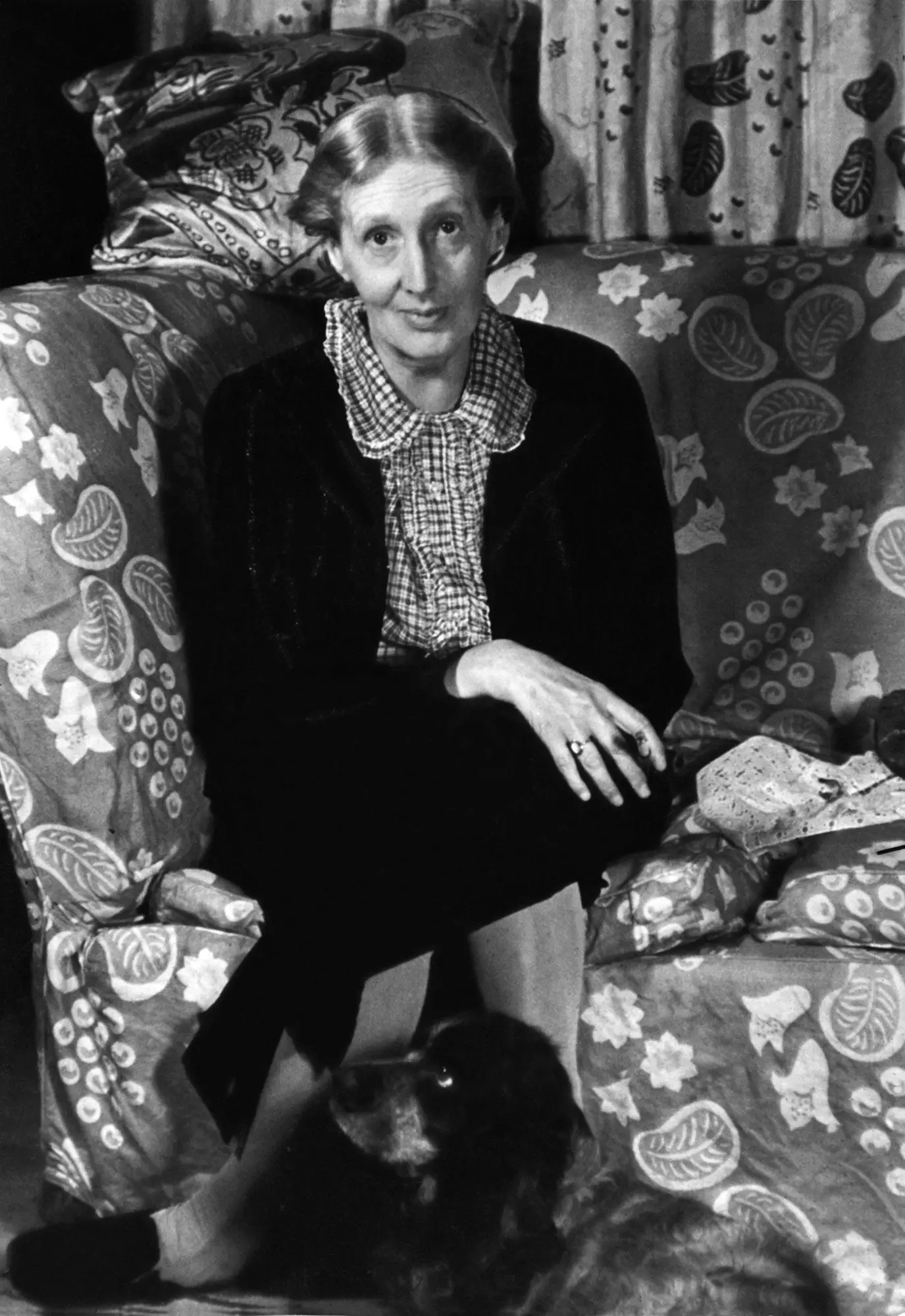
Portrait of Virginia Woolf with her Cocker Spaniel, Pinka, at her feet, London, 1939.
they arrived at Seville on April 8 and stayed at the Hotel Roma , where they had "a depressing dinner" before strolling through a city where "the landscape is not pretty, it is mostly a plain and treeless with a scorching sun." Virginia would mention a cathedral in Seville of great proportions that, despite its opulence, did not cause her great enthusiasm. Nevertheless, she couldn't give in Alhambra from Granada : “a beautiful palace of Moorish origin surrounded by yellow walls battered by time”.
On that first trip, a desire is perceived in Woolf to return home, as she describes her friend Violet Dickinson in a letter, and her patience is diminished by those "trains that stop to breathe every five minutes" . This first trip was the basis for the essay Una posada andaluza, published in The Guardian on July 19, 1905. A unique example of that honest Virginia for whom hospitality was a noble virtue that disappeared in England but still existed in Spain.
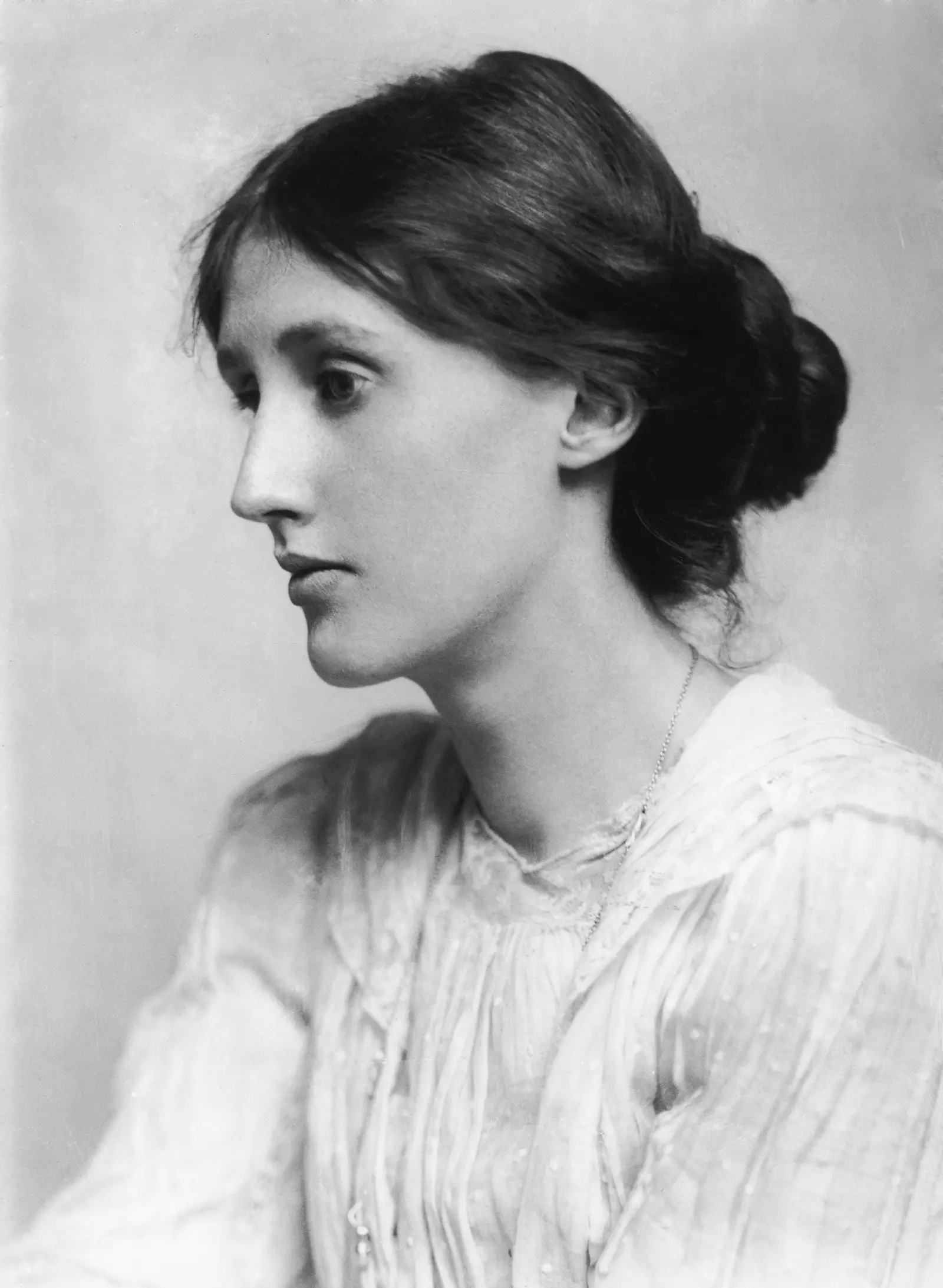
Portrait of Virginia Woolf.
Woolf's second trip to Spain took place in 1912 and included the honeymoon of the writer and her husband Leonard in Madrid, Toledo, Tarragona and, later, Venice. Calm vacations of reading and tea afternoons, exalted by the persecution of the municipal gangs. By then, Virginia Woolf had already reconciled with Spain . The writer even considers, in an ironic way, the purchase of a wonderful Spanish mule with which she will cross all of Spain with her husband, as she well described in a letter to her friend Saxon Sydney-Turner.
Her last trip to Spain was in 1923 on the Sud-Express train line , also with her husband Leonard. The crossing linked London with places like Marseille and later Madrid, Andalusia, Murcia, and Alicante.
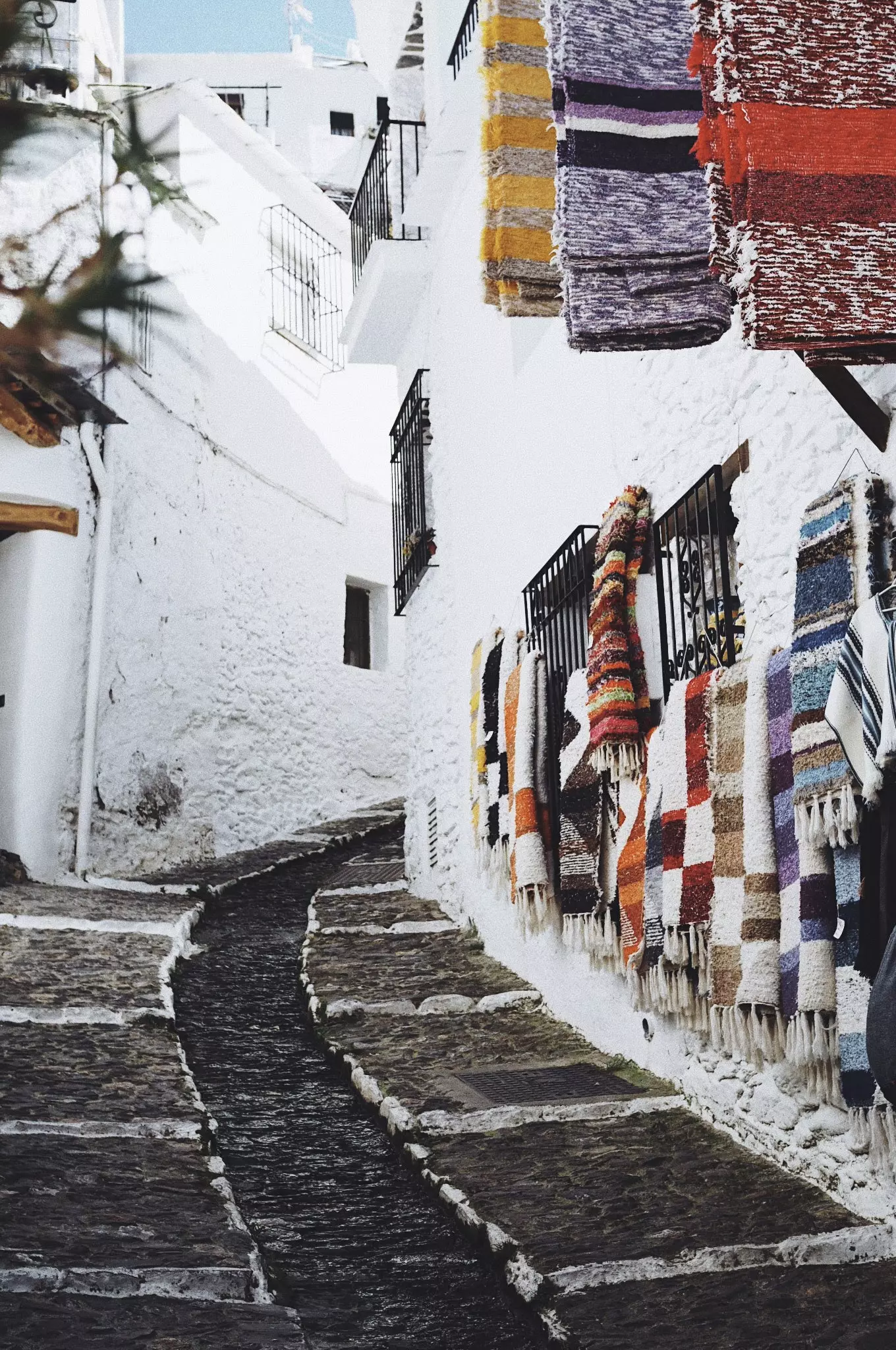
The Alpujarras, Granada.
In essay To Spain published in Nation & Anthenaeum , Virginia evokes the image of "a child in Madrid effusively throwing confetti on the figure of Christ" and the typical Spanish iconography through "stones, olive trees, goats, bucks, lilies, bushes, hillsides, terraces, bushes and innumerable holes, indescribable and unthinkable [...] the image of the Virgin; the bottle of wine [...]” during her stay at the inn of her friend Gerald Brenan, in the Alpujarras of Granada.
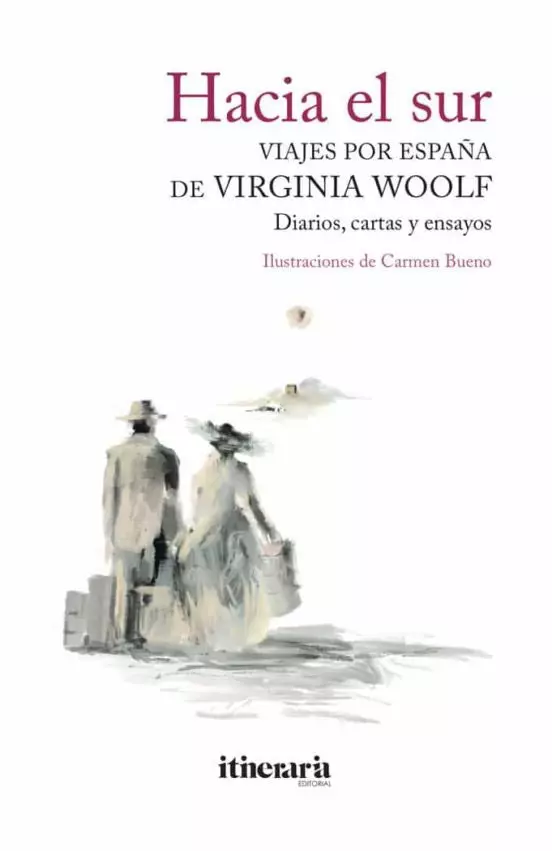
Cover of 'Towards the south. Virginia Woolf's Travels in Spain.
In Murcia there is a place "where cypresses and palm trees grow together" , as she well describes Roger Fry in a letter. Finally, in a letter to Mary Hutchinson, Virginia recounts the delay of a ship stranded in Cartagena on the occasion of the feast of the Virgen de la Concepción. The same boat that she was supposed to take from Alicante to Barcelona. What Virginia did not know was the great paradox that even she would have drawn a complicit smile: 99 years later, we are still waiting for a Mediterranean Corridor in Conditions.
